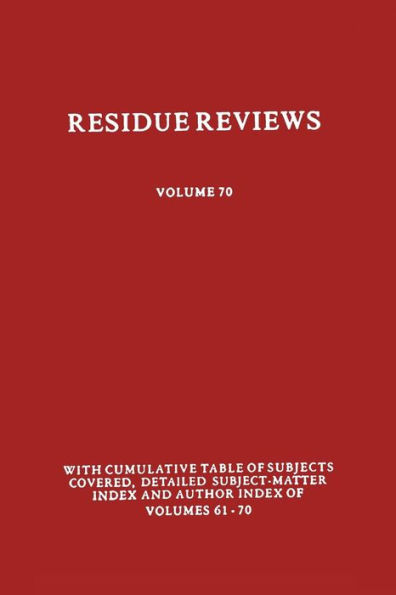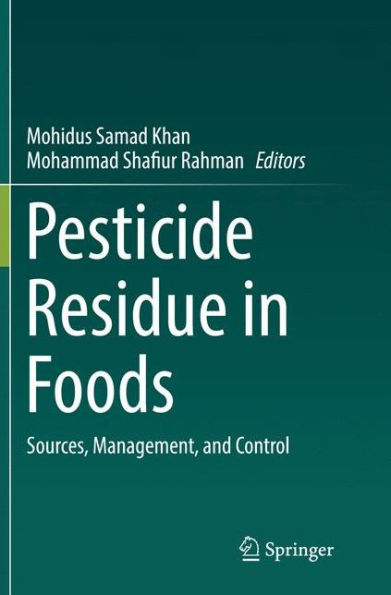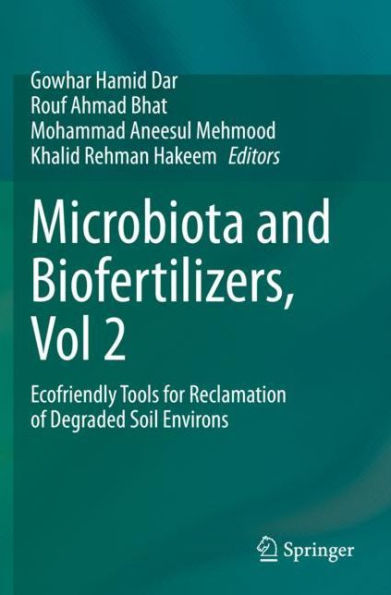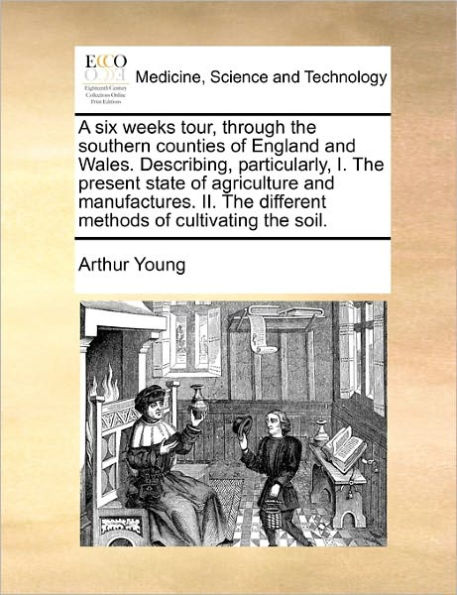Home
Photocatalytic Degradation of Pesticide Residues in Different Soils
Barnes and Noble
Photocatalytic Degradation of Pesticide Residues in Different Soils
Current price: $65.00
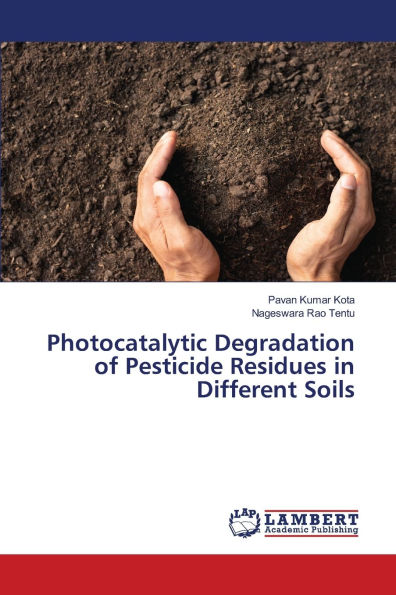

Barnes and Noble
Photocatalytic Degradation of Pesticide Residues in Different Soils
Current price: $65.00
Size: OS
Loading Inventory...
*Product information may vary - to confirm product availability, pricing, shipping and return information please contact Barnes and Noble
Photocatalytic degradation is a technique for removing pesticide residues from soil, which addresses environmental concerns. It employs photocatalysts such as Iron doped titanium dioxide (Fe-TiO2) or zinc oxide (ZnO) exposed to UV light to degrade complex pesticide molecules into less harmful compounds. TiO2 is more effective than ZnO at degrading certain pesticides in hours. The efficiency of degradation is determined by soil type, photocatalyst concentration, and UV light wavelength.Agricultural soils are particularly interested in this method due to the abundance of pesticides used. A study found that using Fe-TiO2 photocatalyst under UV light significantly improves the degradation process. The process also has the potential to mineralize pesticides, converting them into carbon dioxide, water, and other inorganic compounds.
